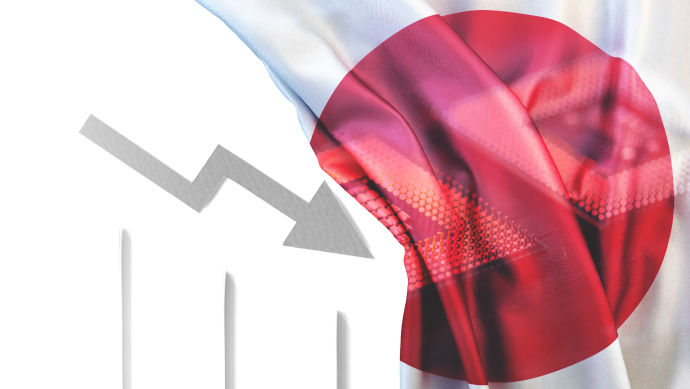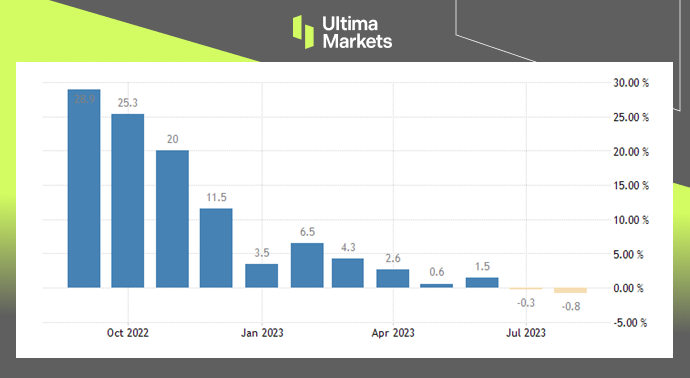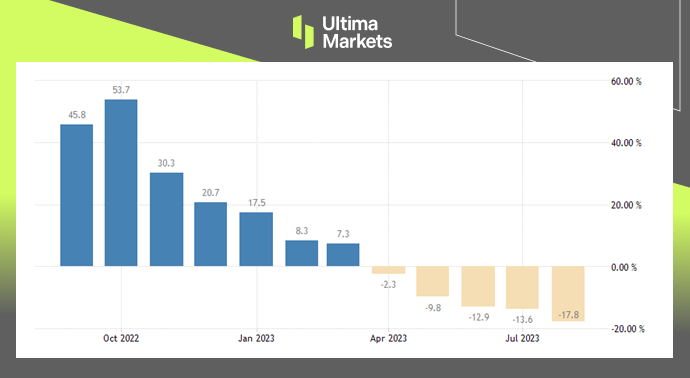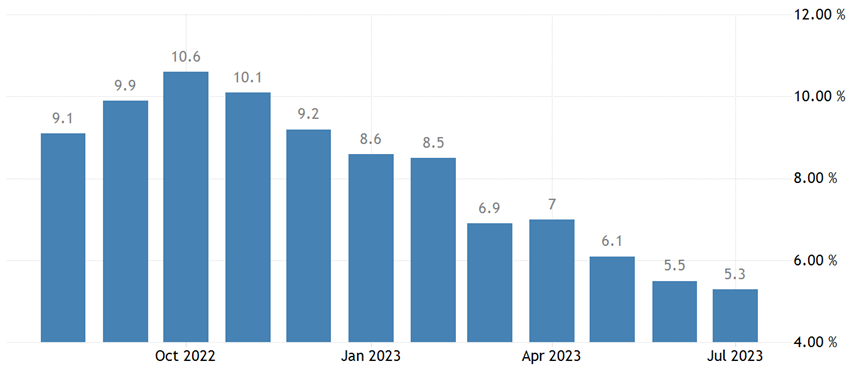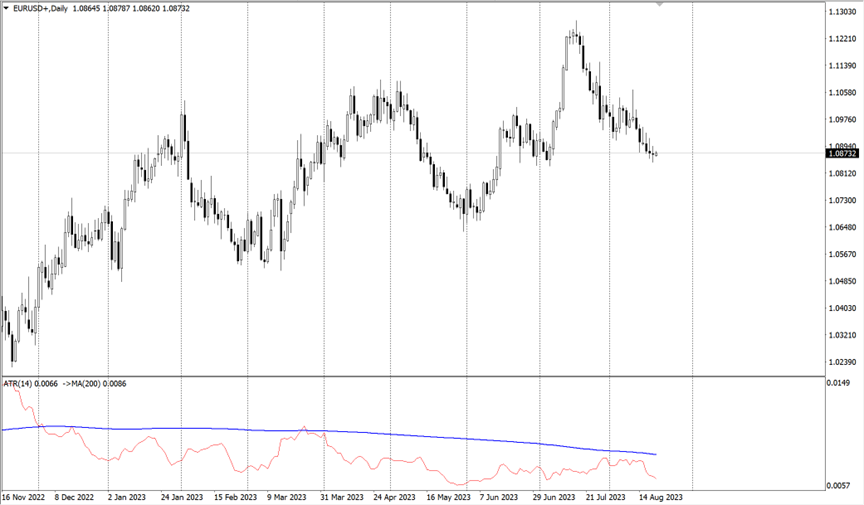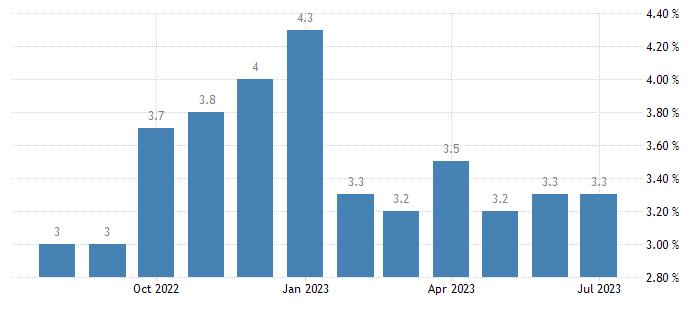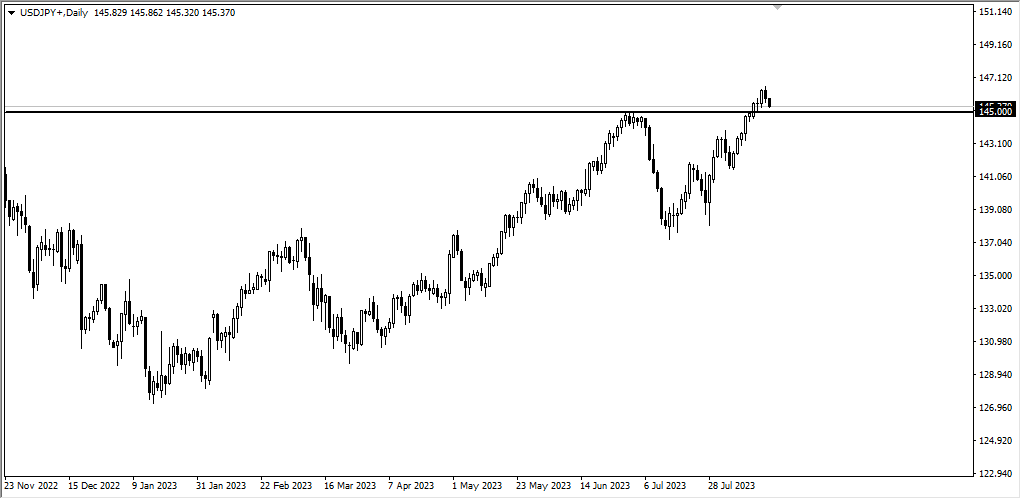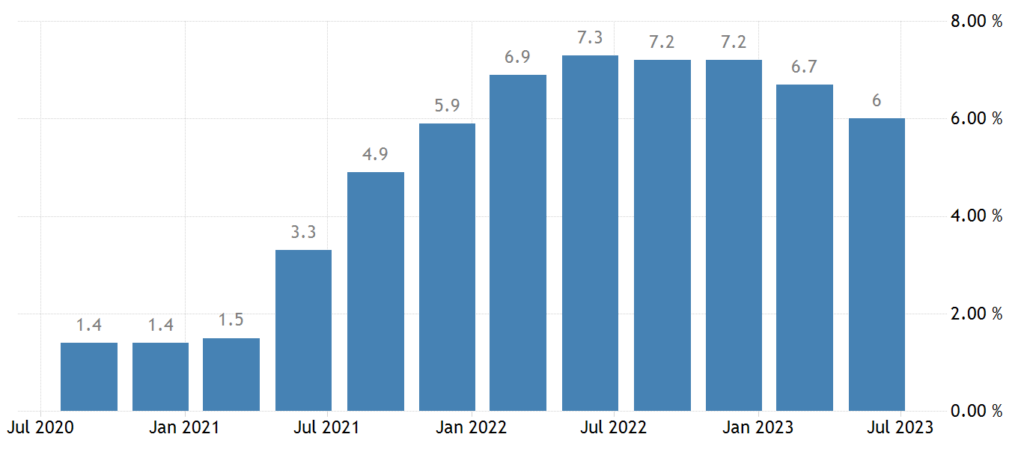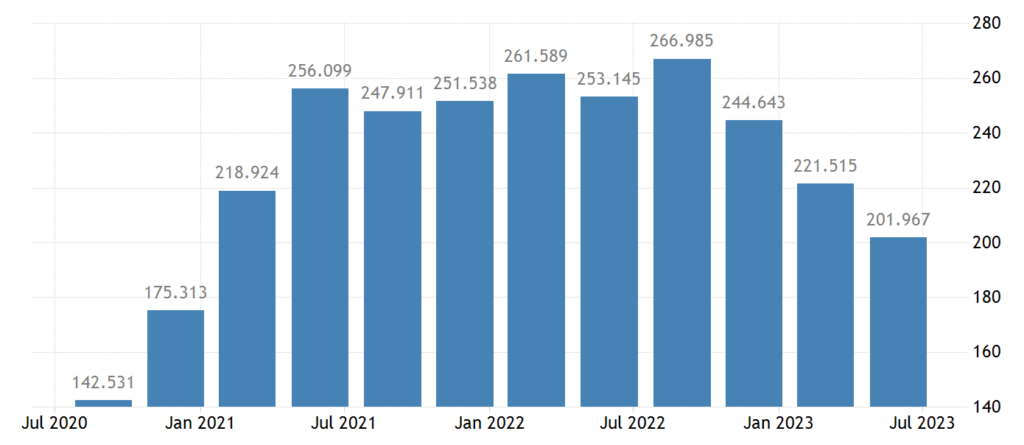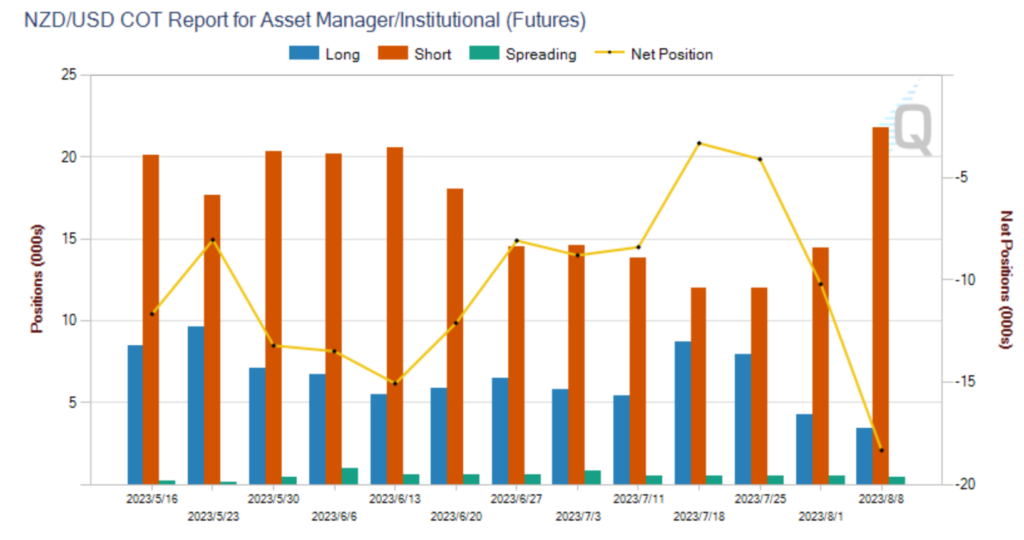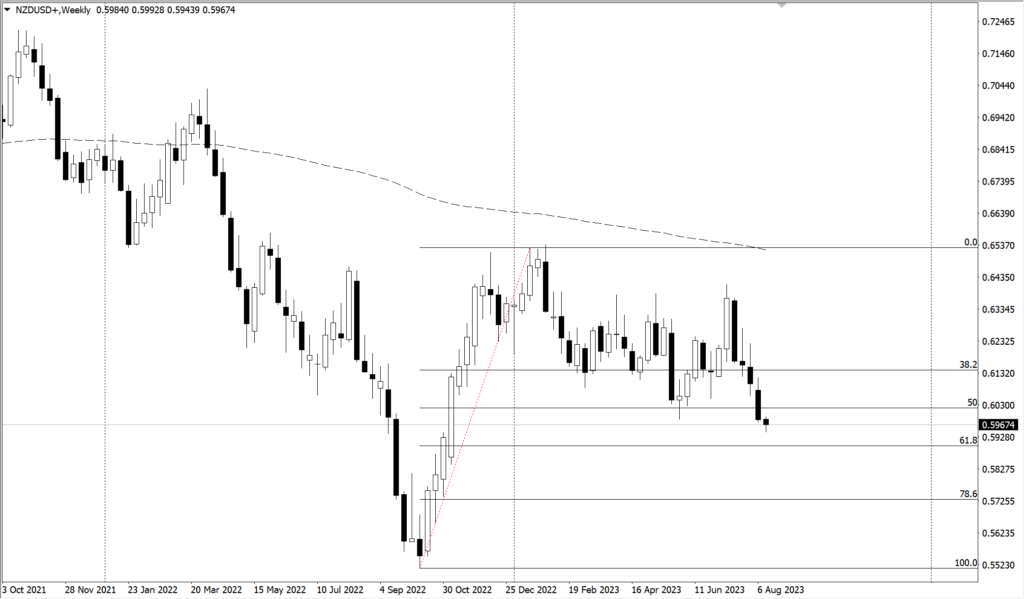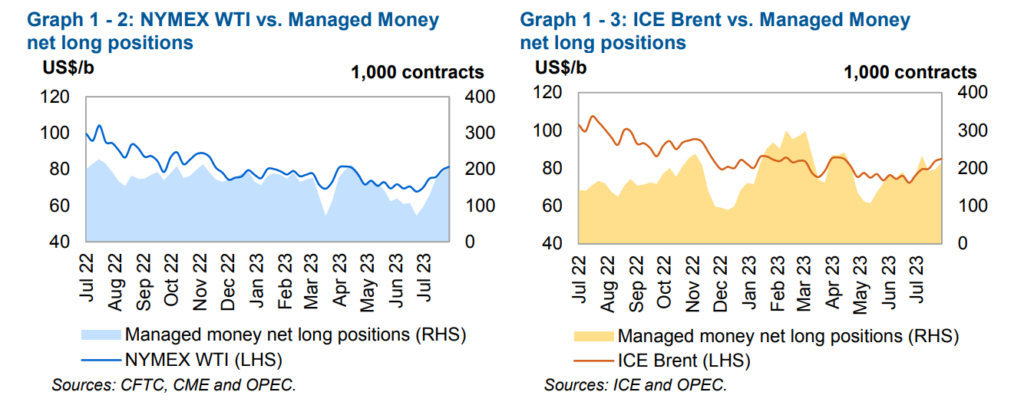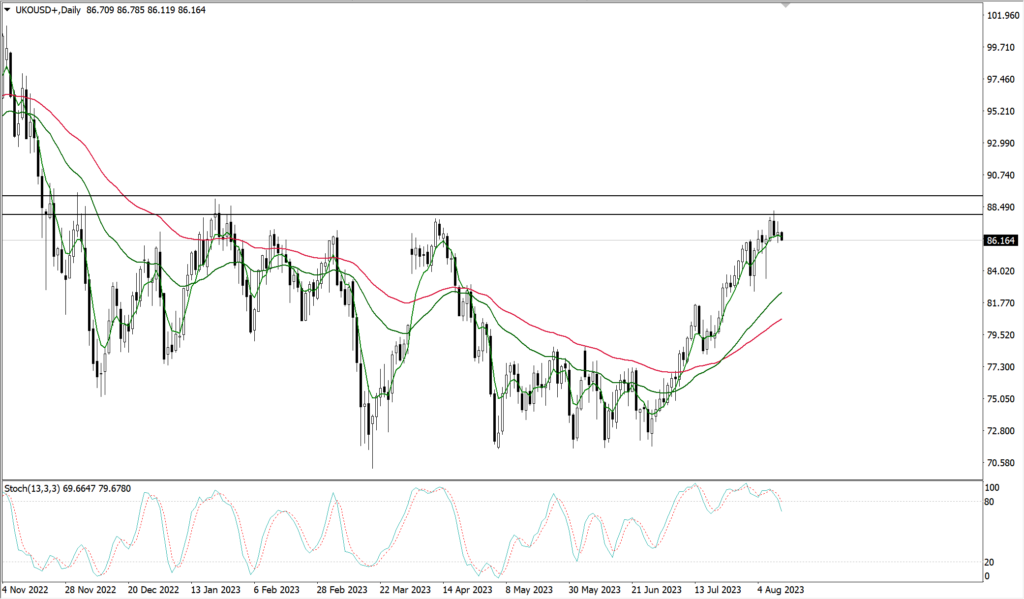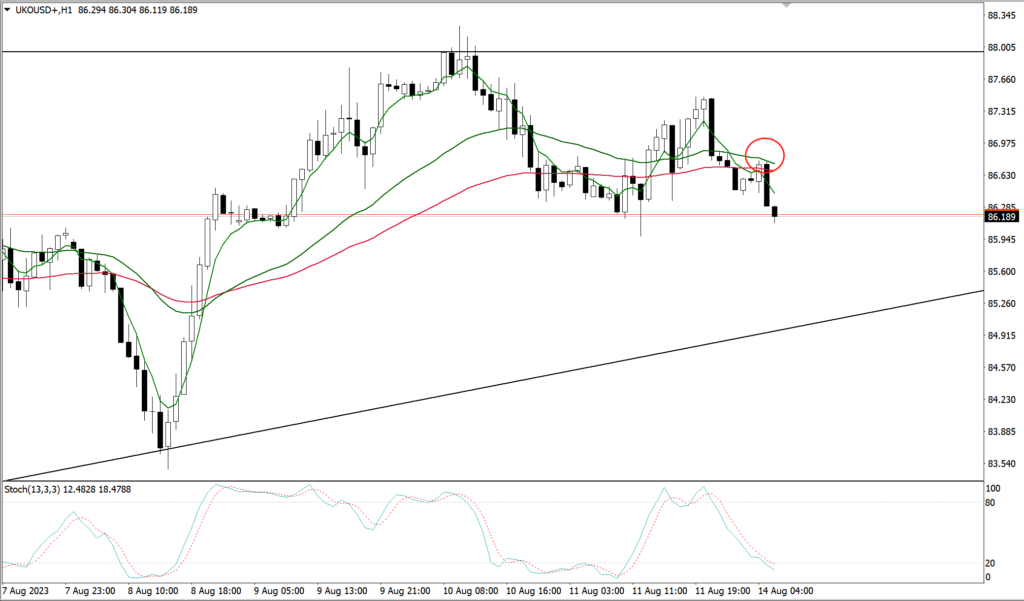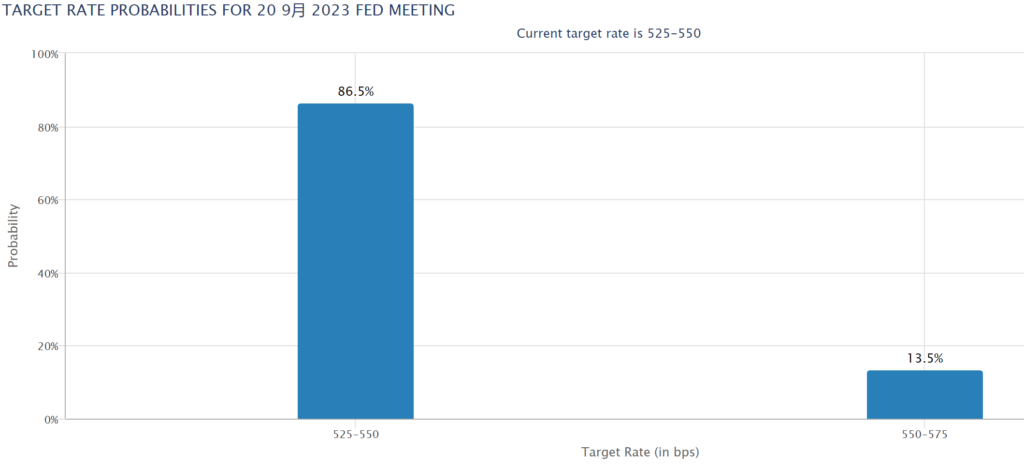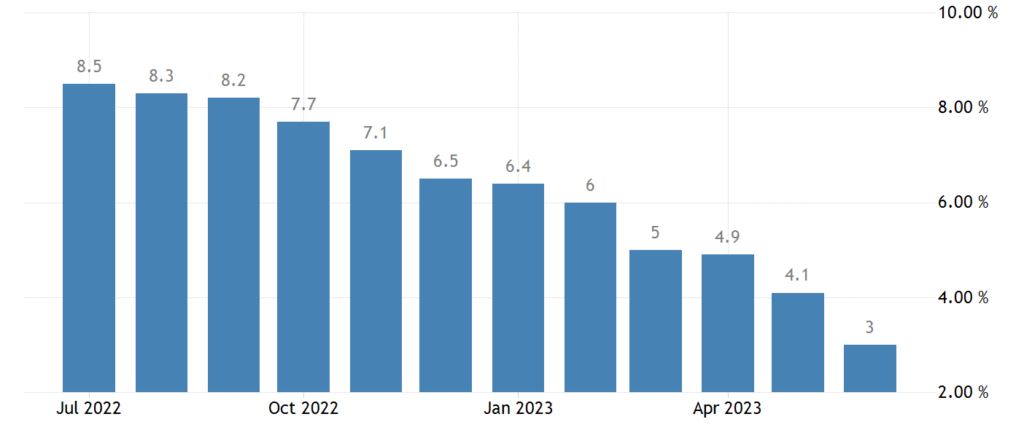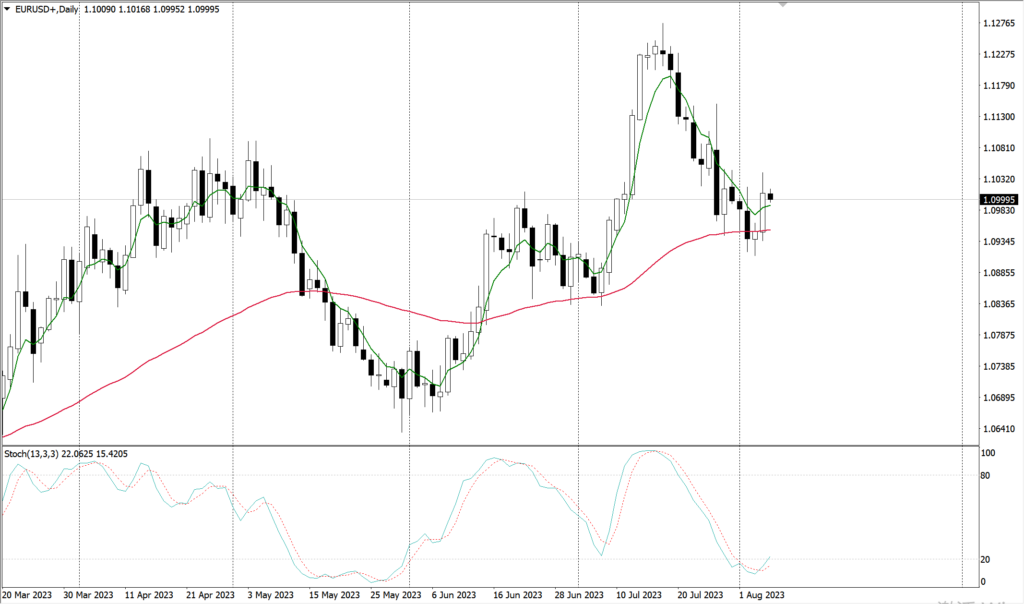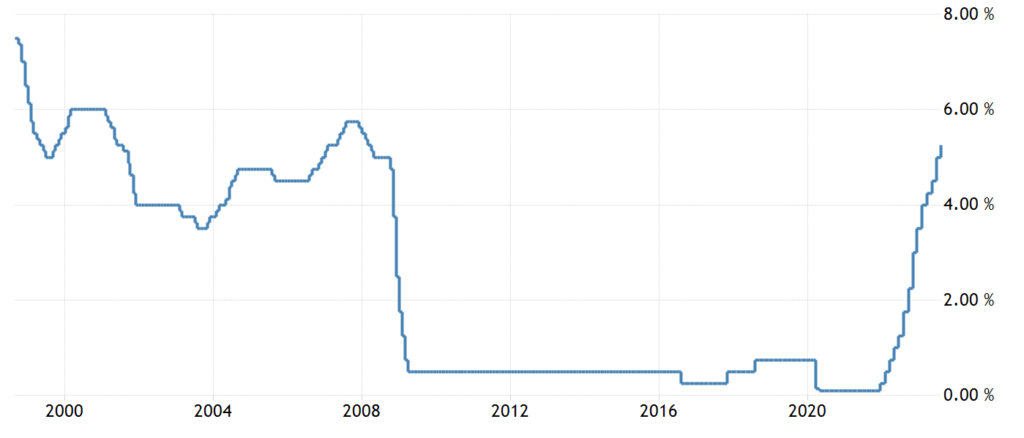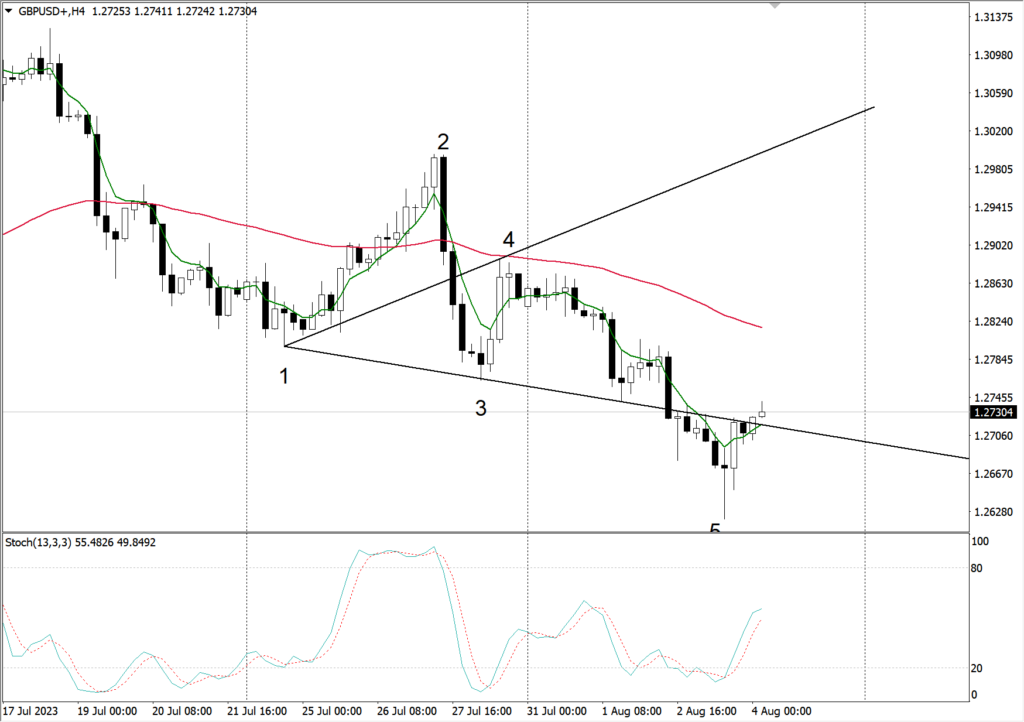“L’evento calcistico più importante è finalmente alle porte e l’emozione è alle stelle! Ultima Markets è orgogliosa di presentare la Score Prediction Campaign, un’entusiasmante opportunità per fan e trader di tutto il mondo di mettere alla prova la propria competenza calcistica e vincere premi esclusivi.
Dal 12 al 31 maggio 2025 (18:00 UTC+0), Ultima Markets invita tutti i partecipanti a dimostrare di essere dei veri intenditori, prevedendo il risultato della Finale della Stagione Calcistica. Questa campagna, che unisce sportività e strategia in una combinazione unica, è aperta a tutti i titolari di un conto verificato su Ultima Markets che abbiano compiuto almeno 18 anni. “
Come Partecipare
Partecipare è facile e veloce:
- Invia la tua previsione (risultato finale) tramite la pagina ufficiale della campagna.
- Segui Ultima Markets su Instagram (@ultima_markets) per restare aggiornato sulla campagna e su tutte le novità.
- Commenta con la tua previsione (risultato finale) sotto il post ufficiale della campagna su Instagram.
Attenzione: ogni partecipante potrà inviare una sola previsione e dovrà farlo prima del calcio d’inizio.
Vinci premi da veri campioni!
I premi verranno assegnati in base alla precisione delle previsioni e saranno suddivisi su due livelli:
“Livello 1 – Previsione Perfetta:
Indovina il risultato esatto per vincere 500 USD di credito per il tuo trading account (massimo 3 vincitori). “
“Livello 2 – Previsione Vicina:
Avvicinati di un solo gol al risultato finale per vincere 50 USD di credito per il tuo trading account (limited to 30 winners). “
Più di un semplice gioco: una celebrazione globale
Per Ultima Markets il trading è solo l’inizio. Crediamo nei legami autentici e nelle passioni che uniscono le persone. Questa campagna celebra la precisione, la strategia e la gioia della competizione unendo trader e appassionati di calcio in un evento memorabile di portata globale.
La tua previsione potrebbe essere quella vincente
Il campo è pronto, il fischio di inizio si avvicina e i premi ti aspettano. Prevedi il risultato, mettiti in gioco e vivi con noi questa straordinaria celebrazione del calcio.
Fai la tua previsione. Vinci. Festeggia con Ultima Markets.


